Fertilizer can be pricey to buy, but many commonly used household items can be made into fertilizers worthy of their weights in gold to a gardener. Besides turning your kitchen waste into compost, some household items also make great compliments to a regular fertilizing schedule.
Oranges
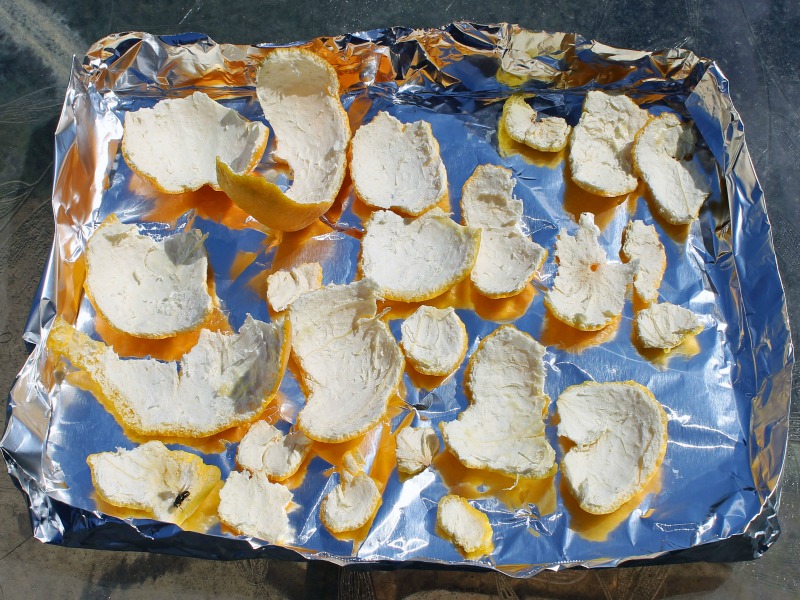 Oranges, like most citrus fruits, have oil in the skin that adds nitrogen to the soil and repels ants and aphids.
Oranges, like most citrus fruits, have oil in the skin that adds nitrogen to the soil and repels ants and aphids.
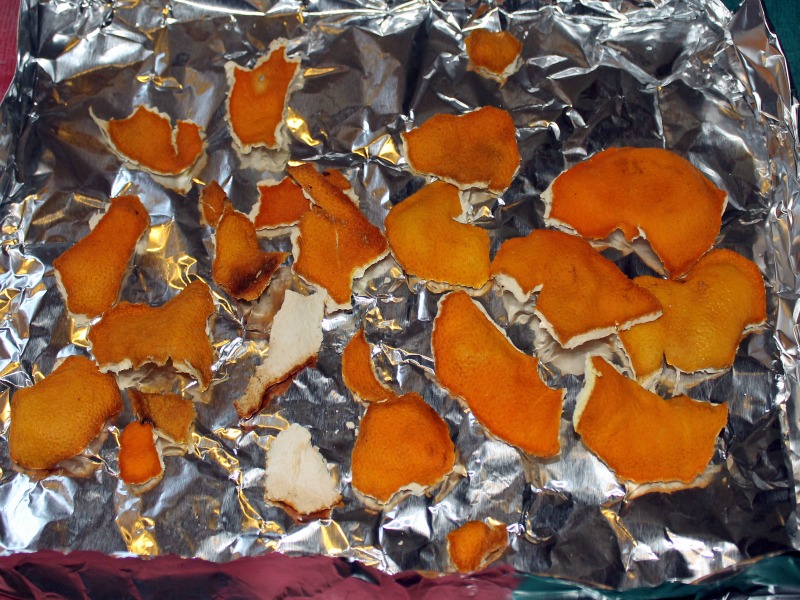 Dry the peelings by air drying, in a food dehydrator or by laying them in an oven on the lowest setting.
Dry the peelings by air drying, in a food dehydrator or by laying them in an oven on the lowest setting.
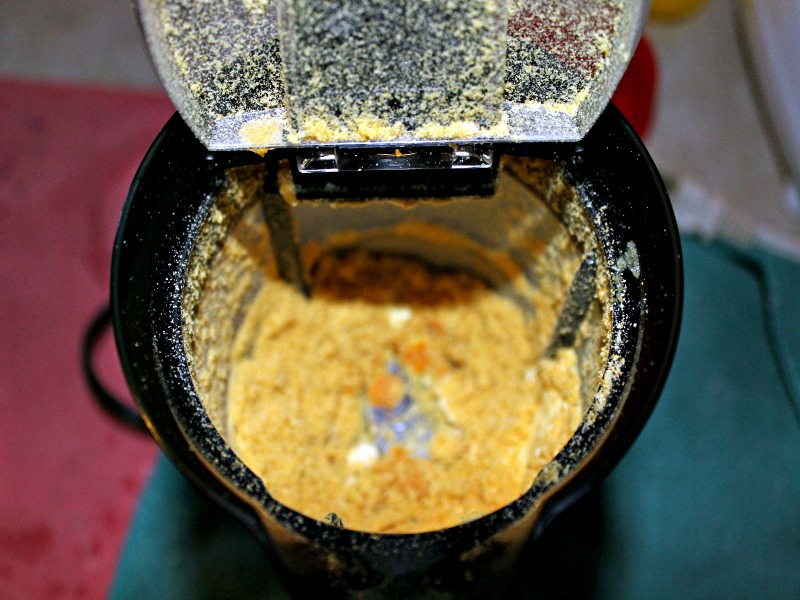 Grind the dried peelings in a powder or chop as finely as possible.
Grind the dried peelings in a powder or chop as finely as possible.
Sprinkle and gently work the powder into the soil, around the roots of garden or houseplants.
Coffee
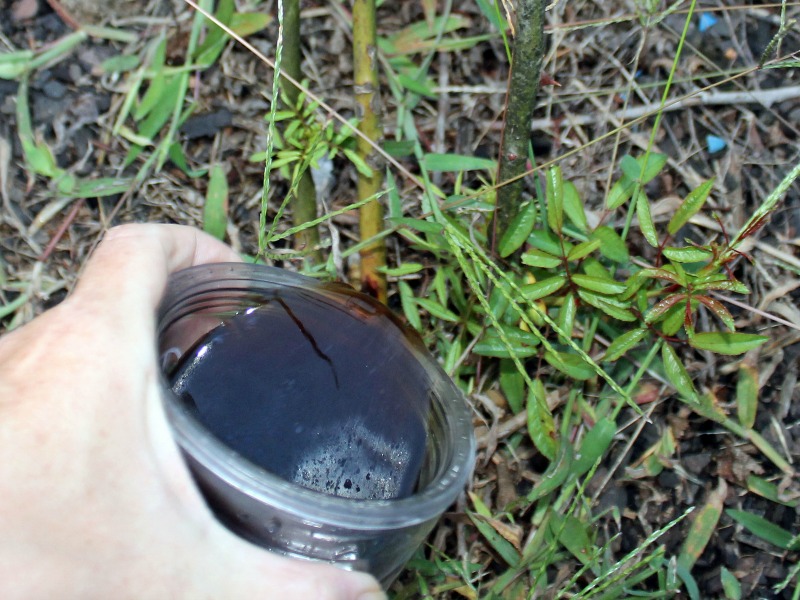 Acid loving plants such as tomatoes, blueberries, eggplants and roses, love a nice drink of cold coffee to boost the fruits’ acidic flavor. Coffee also adds nitrogen and trace nutrients to the soil.
Acid loving plants such as tomatoes, blueberries, eggplants and roses, love a nice drink of cold coffee to boost the fruits’ acidic flavor. Coffee also adds nitrogen and trace nutrients to the soil.
Water plants with cold coffee by pouring it directly on the soil in the area of plant roots.
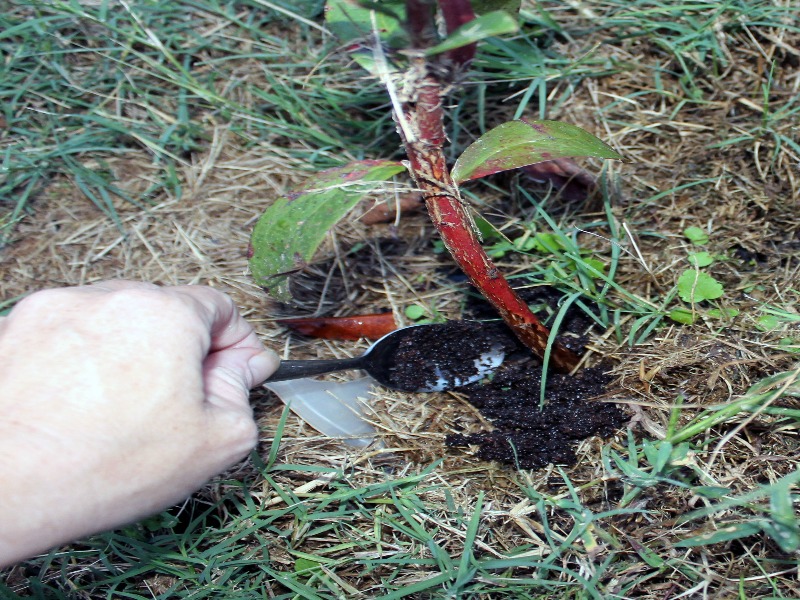 Use cooled coffee grounds sprinkled on the soil around the base of plants for a longer lasting, less acidic fertilizer that will still give nitrogen and trace nutrients to the plants.
Use cooled coffee grounds sprinkled on the soil around the base of plants for a longer lasting, less acidic fertilizer that will still give nitrogen and trace nutrients to the plants.
Egg Shells
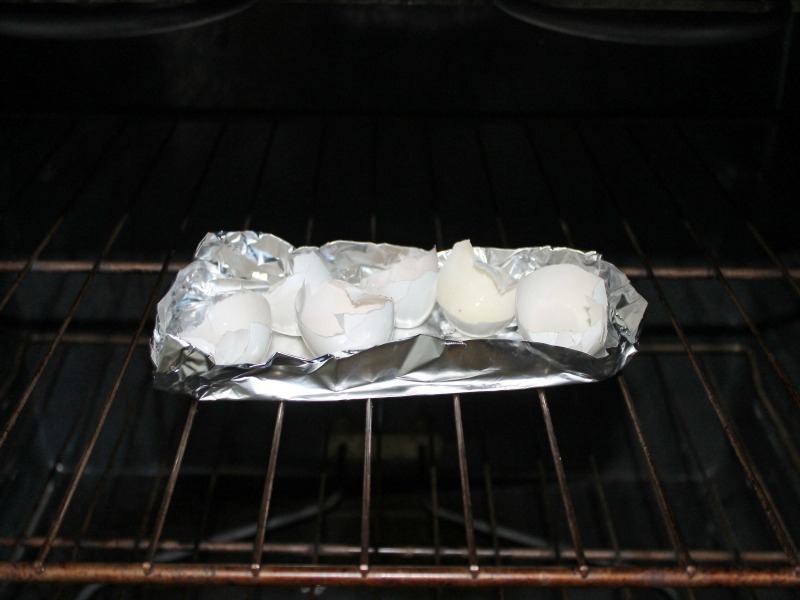 Egg shells offer plants calcium as well as nitrogen. Calcium helps prevent blossom end rot on tomatoes.
Egg shells offer plants calcium as well as nitrogen. Calcium helps prevent blossom end rot on tomatoes.
Always bake egg shells before adding them to an edible garden to prevent salmonella poisoning.
After cracking and emptying the shells, rinse well t remove left over egg residue.
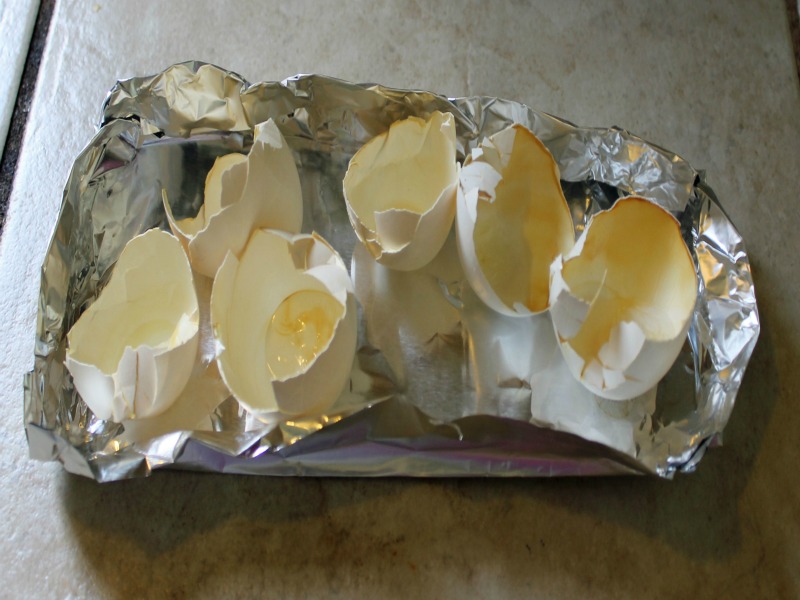 Place shells on a baking sheet or on a piece of aluminum foil. Bake in a 350 degree oven until brown, about 5-10 minutes.
Place shells on a baking sheet or on a piece of aluminum foil. Bake in a 350 degree oven until brown, about 5-10 minutes.
Cool the egg shells then place in a plastic bag and use a rolling pin to crush.
The finer they are crushed the easier it is for the soil to leech the calcium from, so I like to use a coffee grinder.
Sprinkle the powder around the roots of transplanted seedlings before covering the roots with soil.
Sprinkle a tablespoon on top of the soil around each plant, and then mix it into the soil around the plant roots.
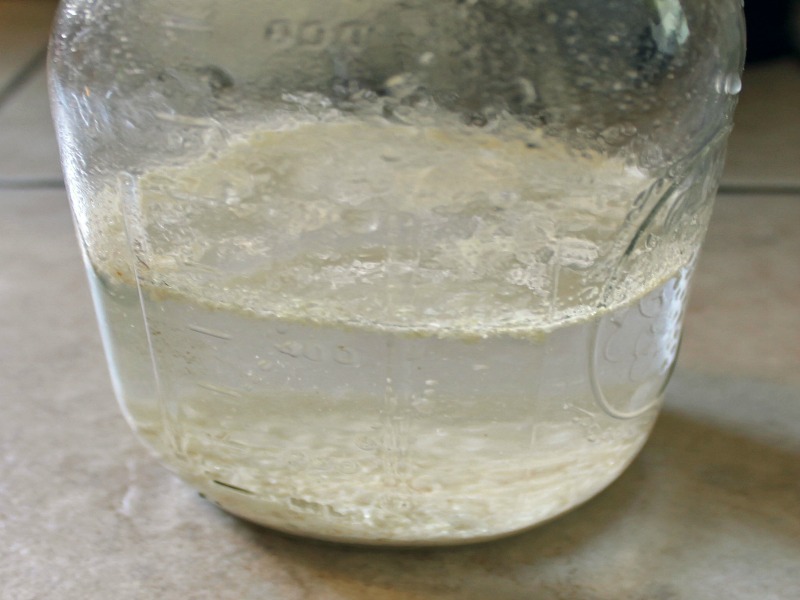 Add 4 tablespoons of powdered egg shells per half gallon of water and let it sit for 2-3 days to steep into calcium enriched water. Use when regularly watering during the blooming season of flowering and fruiting plants, or add to compost tea for the added benefits of calcium.
Add 4 tablespoons of powdered egg shells per half gallon of water and let it sit for 2-3 days to steep into calcium enriched water. Use when regularly watering during the blooming season of flowering and fruiting plants, or add to compost tea for the added benefits of calcium.
Epsom Salt
The magnesium in Epsom salt is used by plants to better aid photosynthesis. The magnesium can make a yellowing plant turn green again with healthy shiny leaves.
Mix one to three tablespoons of Epsom salt with a gallon of water.
Water plants with the solution during peak growing seasons and whenever plants start looking tired and yellowish.
Fish emulsion
Fish emulsion can be quite expensive to buy, but if you already have an aquarium, then some of the benefits are a free byproduct of cleaning the dirty tank.
Use the old water removed from the tank to water plants.
If you replace the gravel or rocks, don’t throw the old rocks away!
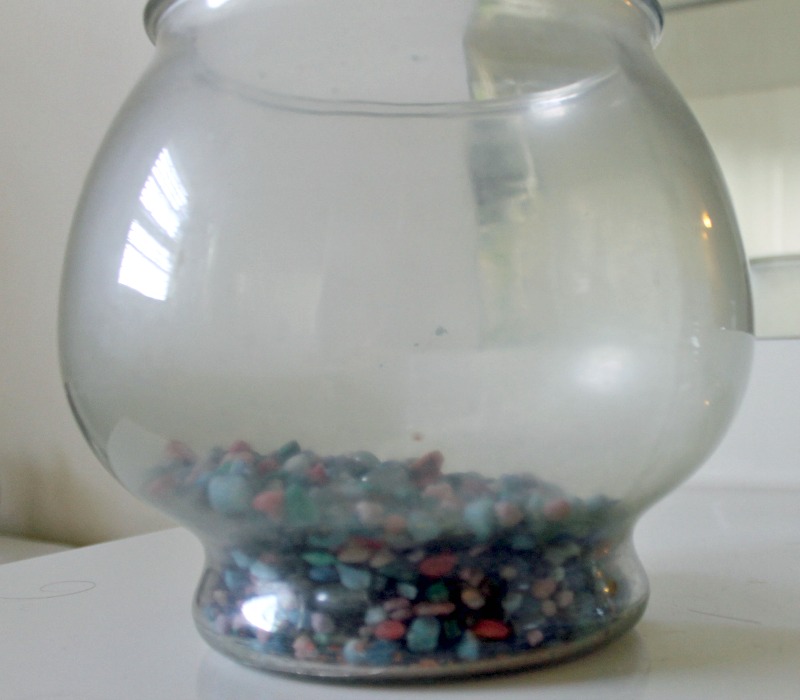
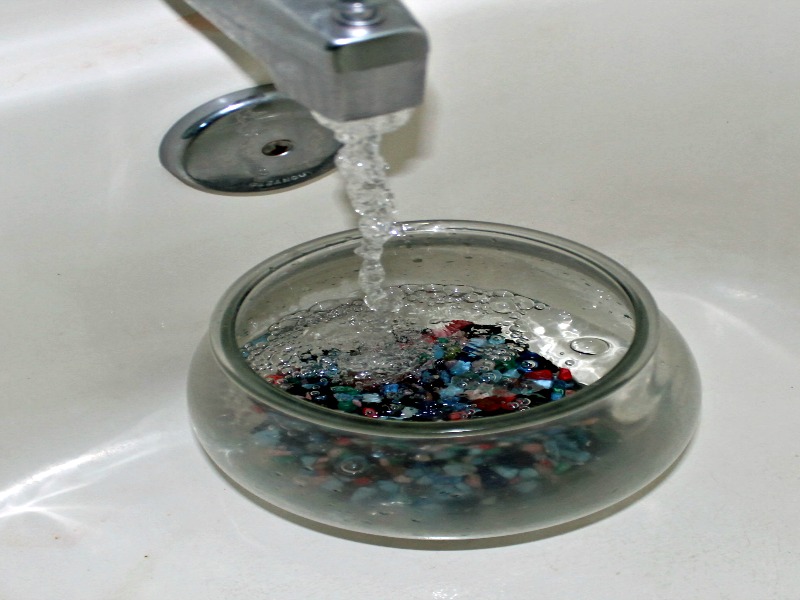
Soak the used rocks in a bucket of water for 2-3 days to dissolve all of the fish waste off the rocks.
Strain the rocks from the bucket and use the water on your garden or house plants.
Bananas
Bananas are high in potassium and using the peels gives the soil a boost to help the root system and root crops.
Place pieces of banana peels into holes before planting. Bananas break down quickly so grinding or chopping them is not necessary.
About the Author
Danelle White has been an avid gardener for over 30 years. Mostly she grows organic fruits and vegetables, and tropical houseplants, but for the past 5 years she has been growing tropical fruit trees as well. She and her family are building a small, self-sufficient farm, so she has been learning all she can about raising animals and long term food storage. She hopes to be able to sell her crops and plants next spring, and Mike’s Backyard Nursery website is helping her achieve her goal of long term self-sufficiency.
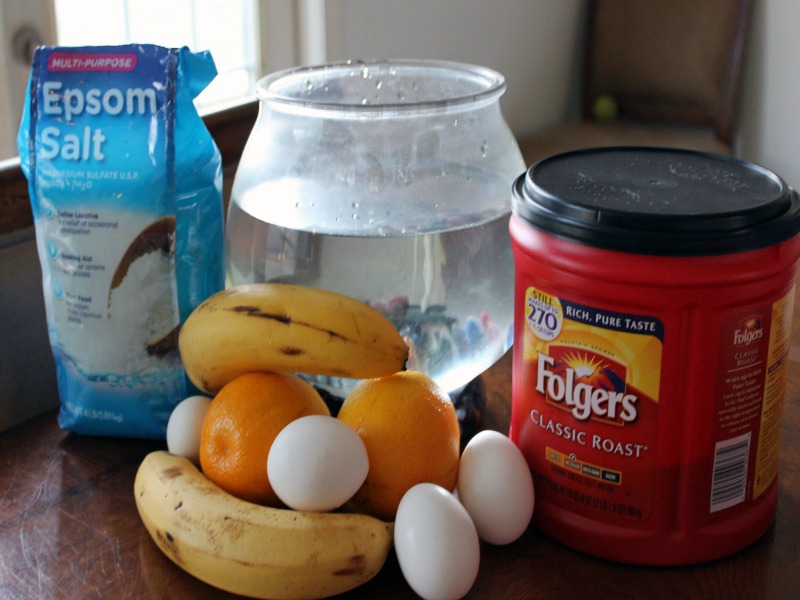
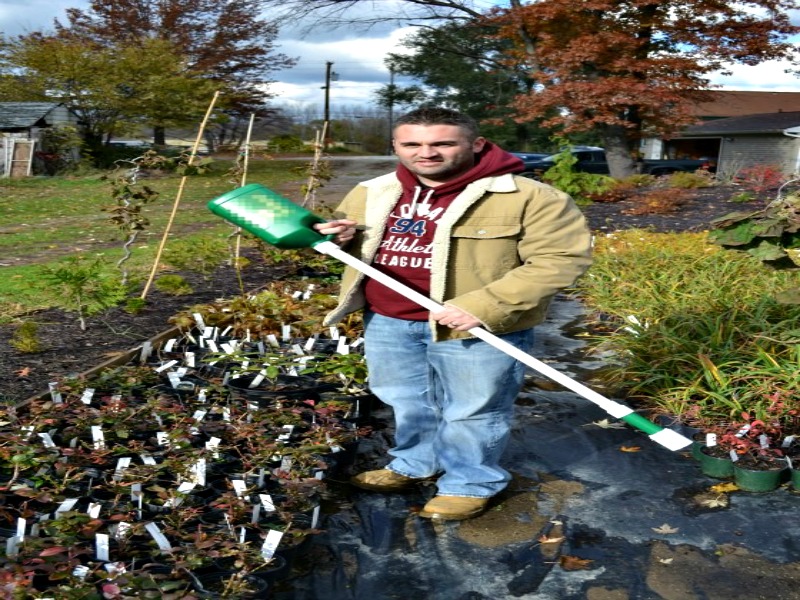 Check out this nifty,
Check out this nifty,
Thank you for sharing the informative article.
Thank you for sharing the informative article.
Thank you for sharing the informative article.
In most parts of the world , they just collect urine in a bucket (don’t collect from anyone on medication ,legal or otherwise ) , add about 15 parts water and apply to soil. This is a complete fertilizer that is generally sterile and has little odor (none after 3 days ), for a starter add about 1 teaspoon of epsom salts per gallon, and keep applying every few days until plants are nice and green at the base . It even gives many plants a healthy shine on the leaves !
Hey Mike
My tomato plants were taken over by ‘Red spider mites” this summer.
Have you got any suggestions as to how to keep them away next year please?
I tried spraying them off with a fine spray of water. That worked for a little while.
Thank folks for all your hard work.
Mike
Bakersfield, CA.
Mike,
I’m guessing insecticidal soap, but read the label carefully first to make sure it’s safe on food crops.
you dried all theses things and then crushed How about when all this prep is done get a vita mix pitcher and dump it in with water and turn to slurry and then pour it where ya want it this has worked well for me.
Love your gardening tips!
I have just retired so I have time and space to garden so any knowledge is greatly appreciated.
I want to to be on your newsletter subscription.
Good advise. I’ve been using this method plus more for many years. I never have to buy fertilizer or soil additives, for that matter.
I have grown roses for many years, also. I am not so sure about giving your roses a drink too often with coffee. Roses can tolerate some acidity, but too much is really not too good for them.
I have a wormery that makes very potent fertiliser i just feed the worms with food waste egg shells tea and coffee and i collect “worm tea” in old milk cartons 🙂 organic gm free and free
I just set up a worm composter a week ago and the worms are already busy eating my garbage. I’m growing herbs and greens in the house with hydroponics so have fresh green trimmings every day for the worms. Looking forward to lots of compost for my outside garden next spring.
Dear Mike, I live just outside of Richmond, VA. Thank you for your videos, I have learned a lot from them and have really enjoyed them.
PS, I even bought a pair of bib overalls.
Robert.
Can you put to much coffee grinds on plants I just started doing this on my roses and am thinking of putting the coffee grinds on all my yard plants but the information given doesn’t say how often this should be done
Hi there. I put the grounds around my plants maybe 2-3 times per growing season. If they are growing in the ground (instead of in a planter pot), it wouldn’t hurt them to maybe place the grounds more often, but I also use the cold coffee, and I have a BUNCH of rose plants so I have to spread the wealth (so-to-speak). I have never had any issues using it more often, though.
My grandfather would bring home big buckets of coffee grounds from work. He had a healthy walnut tree that did not bear nuts, so he put a thick layer of the grounds at the drip line of the tree. We picked nuts the size of peaches!
Roses love banana peals, Just bury pieces around plants. Saw it in an old movie, seemed to work!
My wife and I have been doing almost all of the above for about a year now . We bought a new Rural Property and there is little in the way of garbage collection services so we looked into what could be done as an alternative.
With the exception of egg shells ( where we do exactly as outlined) we dump everything into an old food mixer, grind it up and feed it to our worms ( Vermiculture) who also consume shredded paper.
This produces the best compost I have ever had .
The whole process does not take long (maybe a month or so)
I should mention that our experience and research subsequently has confirmed that Coffee Grinds are nitrogen rich but it is not immediately available ( i.e. takes about 3 months to take effect) the good news is that the Potassium and Phosphate benefits, although less, are immediate.
What a great idea with feeding it to the worms. I don’t have a vermiculture set up yet, but I will definitely remember that for when/if I do. Thanks!